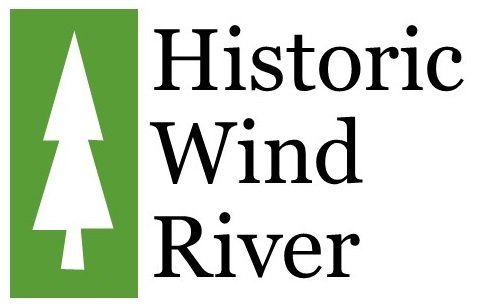Wind River Experiment Station
Starting in 1912, the Forest Service added Experiment Station to the list of roles for Wind River. An early research focus was nursery practices and planting techniques. One of the first research projects was the Wind River Arboretum, which you can still visit today. Researchers here also studied different Douglas-fir seed sources, thinning of young trees, and planting trees at different spacings. The first Director of the Wind River Experiment Station was Julius Hofmann, hired in 1913. Hofmann would go on to establish the School of Forestry at North Carolina State University. Other prominent early researchers include Thornton Munger, for whom the nearby Munger Research Natural Area is named, Richard McArdle, who became an early Chief of the Forest Service, and Leo Isaac, who developed an international reputation for his work with Douglas-fir. In 1924, the Pacific Northwest Experiment Station (now PNW Research Station) was established in Portland, and Wind River became more of a field station than a primary research facility. Despite its reduced prominence relative to its early years, scientists have continued to use Wind River Experimental Forest for a wide variety of studies, and still come from across the nation to measure long-term plots here.

